Home>Garden Essentials>How To Remove Lawn Turf
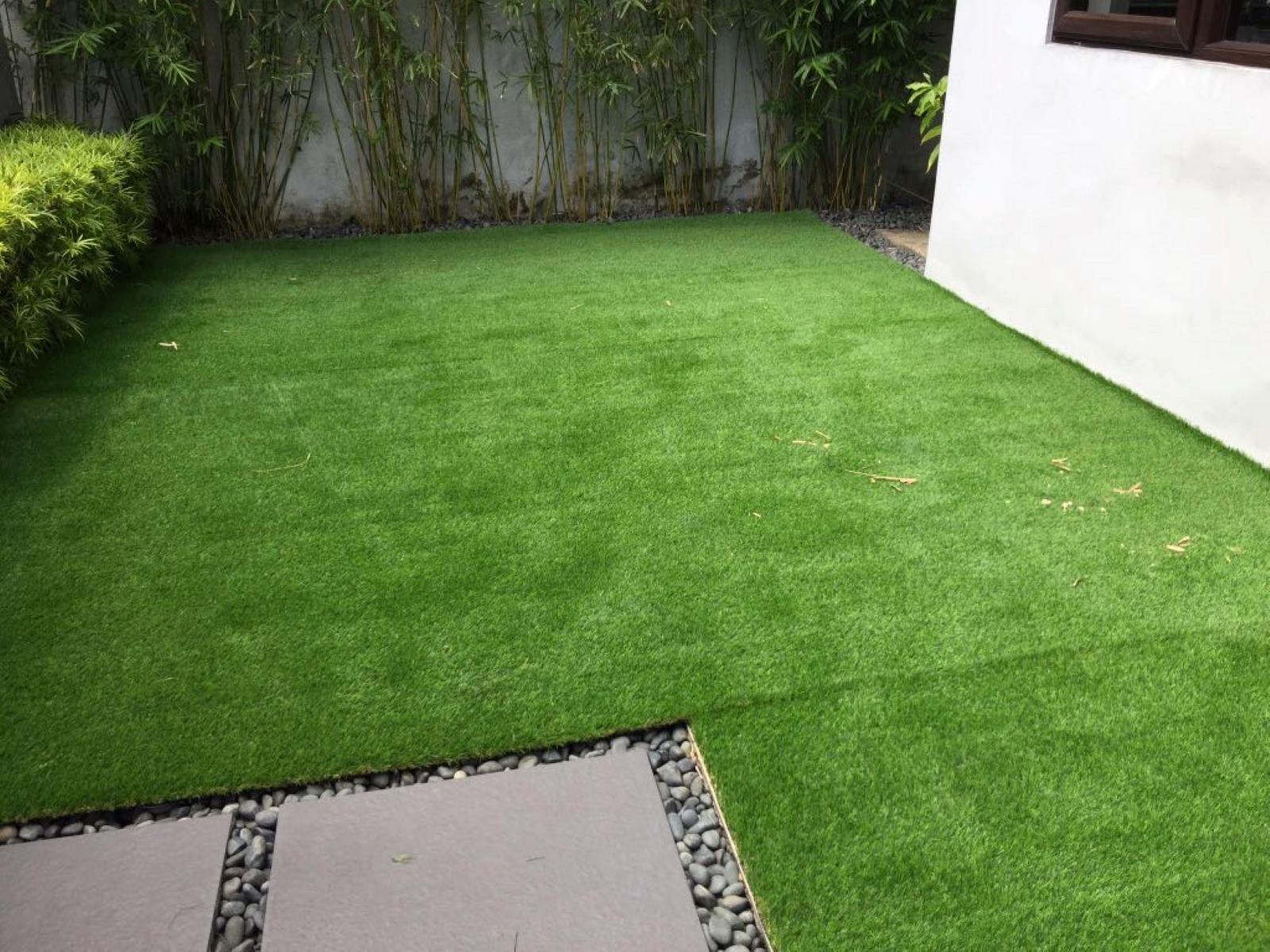

Garden Essentials
How To Remove Lawn Turf
Modified: March 7, 2024
Learn how to remove lawn turf and create a beautiful garden with our step-by-step guide. Transform your outdoor space today!
(Many of the links in this article redirect to a specific reviewed product. Your purchase of these products through affiliate links helps to generate commission for Storables.com, at no extra cost. Learn more)
Introduction
Removing lawn turf can be a daunting task, but it is sometimes necessary for various reasons. Whether you want to replace your lawn with a different type of landscaping, address issues with the current turf, or simply refresh the look of your garden, removing lawn turf is the first step towards achieving your desired result.
In this guide, we will walk you through the step-by-step process of removing lawn turf effectively and efficiently. We will also discuss alternative options to consider for your garden if you decide not to replace the turf. So, grab your gardening gloves and let’s get started!
Key Takeaways:
- Removing lawn turf can be necessary for reasons like patchy or overgrown grass, creating new landscaping, or reducing maintenance. Proper preparation and disposal are crucial for a successful transformation.
- Consider alternative landscaping options like native plant gardens or rock gardens to achieve a functional and visually appealing outdoor space. Consulting with experts can help make informed decisions for your garden.
Read more: How To Lay Lawn Turf
Step 1: Evaluate the Reasons for Removing Lawn Turf
The first step in removing lawn turf is to evaluate the reasons behind your decision. Understanding why you want to remove the turf will help you plan your next steps accordingly and ensure you achieve the desired outcome.
There can be several reasons for removing lawn turf. One common reason is if your lawn has become patchy, overgrown, or diseased. If your turf has significant areas of bare soil, excessive weeds, or grass that is no longer thriving, it may be time to consider removing it.
Another reason for removing lawn turf is to make way for a different type of landscaping. Perhaps you want to create a flowerbed, install a vegetable garden, or create a paved patio area. Removing the turf will provide a blank canvas for your new landscaping ideas.
Additionally, some homeowners choose to remove their lawn turf to reduce maintenance efforts. Maintaining a lawn requires regular mowing, watering, fertilizing, and weed control. If you find it difficult or time-consuming to keep up with these tasks, replacing the turf with a lower-maintenance option may be the right choice for you.
It’s essential to carefully evaluate your reasons for removing lawn turf to ensure that you make an informed decision. Consider the amount of time, effort, and resources required for turf removal, as well as the potential benefits of the alternative landscaping options you are considering.
Once you have evaluated your reasons for removing the lawn turf, you can move on to the next step: gathering the necessary tools and equipment.
Step 2: Gather the Necessary Tools and Equipment
Before you begin removing lawn turf, it’s crucial to gather the necessary tools and equipment. Having the right tools on hand will make the process smoother and more efficient. Here are some essential tools you will need:
- Lawn Edger: A lawn edger will help you create clean and defined edges around the turf, making it easier to lift and remove.
- Turf Cutter: A turf cutter is a specialized tool designed to remove large sections of turf quickly and effortlessly. It is especially useful for larger areas or when dealing with thick and dense turf.
- Shovel: A good-quality shovel is essential for lifting and removing the turf. Look for a sturdy shovel with a sharp edge, as this will make the task easier.
- Rake: A rake will come in handy for clearing away debris, leveling the soil, and preparing the area for future landscaping.
- Garden Waste Bags or Containers: You will need bags or containers to collect and dispose of the removed lawn turf. Choose sturdy bags or containers that can handle the weight and volume of the turf.
- Protective Gear: It’s important to wear protective gear while removing lawn turf. This includes gloves to protect your hands, safety goggles to shield your eyes from debris, and knee pads to provide comfort and protect your knees.
Make sure to have all these tools and equipment ready before you start removing the lawn turf. It’s also a good idea to check their condition and ensure they are in good working order to avoid any interruptions during the process.
Once you have gathered the necessary tools and equipment, you are ready to move on to the next step: preparing the lawn for turf removal.
Step 3: Prepare the Lawn for Turf Removal
Preparing the lawn for turf removal is an important step to ensure a successful and efficient process. By properly preparing the area, you can minimize any potential damage to the surrounding landscape and make the turf removal easier. Here’s what you need to do:
- Mow the Lawn: Start by mowing the lawn to a low height. This will make it easier to handle and remove the turf.
- Water the Lawn: Water the lawn thoroughly a day or two before removing the turf. Moist soil will make it easier to cut and lift the turf.
- Mark Boundaries: Use string lines or spray paint to mark the boundaries of the area from which you will be removing the turf. This will help you stay organized and ensure that you only remove the desired sections.
- Trim Edges: Use a lawn edger to create clean and defined edges along the marked boundaries. This will give you a clear starting point for turf removal.
- Remove Obstacles: Clear the area of any obstacles such as rocks, sticks, or large debris that may hinder the turf removal process.
It’s essential to take your time and properly prepare the lawn before tackling the turf removal. This will save you time and effort in the long run and help achieve the best results.
Once you have prepared the lawn, it’s time to move on to the next step: actually removing the lawn turf.
Step 4: Start Removing the Lawn Turf
Now that you have prepared the lawn, it’s time to start removing the turf. This step requires careful execution to ensure that the turf is lifted and separated from the soil without causing damage. Follow these steps to effectively remove the lawn turf:
- Make a Cut: Starting from one end of the marked area, use a turf cutter or shovel to make a vertical cut along the edge of the turf. This cut should go through the grass and into the soil, separating the turf from the surrounding area.
- Lift the Turf: Once you have made the initial cut, use a shovel to lift and separate the turf from the soil. Insert the shovel underneath the turf and gently pry it up, being careful not to damage the grass roots.
- Roll and Remove: Depending on the size of the removed turf sections, you can either roll them up or cut them into manageable pieces for easier removal. Place the rolled or cut sections into the garden waste bags or containers.
- Repeat the Process: Continue making cuts, lifting, and removing sections of the turf until you have removed all the desired areas.
It’s important to work slowly and carefully to avoid damaging the surrounding landscape or existing structures. Take breaks if needed, especially if you’re working on a larger turf removal project.
Remember, the removed lawn turf can be repurposed or disposed of in various ways. If the turf is still in good condition, you may consider donating it to a community garden or repurposing it elsewhere in your yard. Otherwise, dispose of it responsibly according to your local regulations.
Once you have finished removing the lawn turf, it’s time to move on to the next step: disposing of the removed turf.
Use a sharp spade to cut the turf into manageable sections. Lift each section and roll it up for easy removal. Dispose of the turf responsibly.
Read more: What Is The Cost Of Lawn Turf
Step 5: Dispose of the Removed Lawn Turf
After successfully removing the lawn turf, it’s time to address the disposal of the removed turf. Proper disposal is important for maintaining a clean and organized workspace, as well as adhering to environmental regulations. Here are some options for responsibly disposing of the removed lawn turf:
- Reuse or Repurpose: If the removed turf is still in good condition, consider reusing or repurposing it. You can use it to patch other areas of your lawn, create a compost pile, or even donate it to a community garden.
- Green Waste Recycling: Check with your local municipality or waste management facility to see if they accept green waste for recycling. Some locations have designated recycling programs that will accept lawn turf for composting or other environmentally friendly processes.
- Landfill Disposal: As a last resort, if reuse or recycling options are not available, you may have to dispose of the removed lawn turf in the landfill. Contact your local waste management authority to inquire about the proper procedures and requirements for landfill disposal.
Regardless of the disposal method you choose, it’s important to follow local guidelines and regulations to ensure that the turf is disposed of properly. This helps to minimize the environmental impact and promote sustainability.
Once you have taken care of the disposal of the removed turf, you can move on to the next step: preparing the area for future landscaping.
Step 6: Prepare the Area for Future Landscaping
With the lawn turf removed and the disposal taken care of, it’s time to prepare the area for future landscaping. This step involves preparing the soil, addressing any existing issues, and creating a suitable foundation for your new landscape design. Follow these steps to get the area ready:
- Level the Soil: Use a rake or garden fork to level the soil where the lawn turf used to be. Remove any rocks, roots, or other debris that may hinder the growth of future plants or affect the aesthetic appeal of the area.
- Amend the Soil: Depending on the condition of the soil, you may need to amend it with organic matter or fertilizers. This will help improve its fertility and provide essential nutrients for your future plants.
- Address Drainage Issues: If you notice any drainage issues in the area, such as standing water or excessive runoff, now is the time to address them. Consider adding drainage solutions like French drains or redirecting downspouts to ensure proper water flow.
- Plan for Irrigation: Determine how you will water your new landscaping. If you plan to install an irrigation system, now is the time to map out the necessary infrastructure and make any preparations required.
- Consider Hardscaping: If your new landscaping design includes hardscape elements like pathways, patios, or retaining walls, plan and prepare for them accordingly. This may involve excavation, leveling, or construction.
By properly preparing the area for future landscaping, you set the stage for a successful and thriving garden or outdoor space. Take your time during this step to ensure that the soil is adequately prepared and any existing issues are addressed.
Once the area is prepared, you can move on to the next step: considering alternative options to replacing the lawn turf.
Step 7: Consider Alternative Options to Replacing the Lawn Turf
As you reach the final step of the lawn turf removal process, it’s essential to consider alternative options to replacing the turf. There are various landscaping alternatives that can offer both functional and aesthetic benefits, depending on your preferences and needs. Here are a few options to consider:
- Native Plant Garden: Creating a native plant garden is an excellent choice for those looking to promote biodiversity and attract local wildlife. Native plants are well-suited to the local climate and require less watering and maintenance compared to traditional lawns.
- Drought-Tolerant Landscape: If water conservation is a concern or if you live in an area with limited water resources, consider designing a drought-tolerant landscape. These landscapes feature plants that are adapted to survive in arid conditions and require minimal irrigation.
- Rock or Gravel Garden: For a low-maintenance and visually striking option, consider creating a rock or gravel garden. These gardens consist of a combination of rocks, gravel, and drought-tolerant plants that require minimal upkeep.
- Wildflower Meadow: Transforming your lawn into a wildflower meadow can add a burst of color and attract beneficial pollinators to your garden. Choose a mix of wildflower seeds that are native to your region and prepare the soil accordingly.
- Vegetable Garden: Replace the lawn turf with a productive vegetable garden and enjoy the benefits of freshly grown produce. Plan the layout of your garden beds, amend the soil, and choose vegetables that are well-suited to your local growing conditions.
- Patio or Deck: If you prefer a more hardscape-focused design, consider installing a patio or deck in place of the lawn turf. This can provide you with an outdoor living space for entertaining, dining, and relaxing.
Take some time to research and explore these alternative options, considering factors such as maintenance requirements, water usage, and the overall look and feel you want to achieve. Each option offers its own unique benefits and can transform your outdoor space into a functional and visually appealing area.
Remember, the choice of the alternative will depend on your preferences, lifestyle, and the specific conditions of your garden. Consider consulting with a professional landscaper or gardening expert for further guidance and recommendations.
With this final step explored, you have completed the process of removing lawn turf and considering alternative landscaping options. Congratulations on taking the initiative to transform your garden into a space that suits your needs and desires!
Conclusion
Removing lawn turf is a significant step towards transforming your garden into a more functional and visually appealing space. By evaluating your reasons for removing the turf, gathering the necessary tools and equipment, and following the step-by-step process, you can successfully complete the turf removal process.
During this journey, it’s crucial to consider alternative options to replacing the lawn turf. Whether you choose a native plant garden, a drought-tolerant landscape, or a vibrant vegetable garden, these alternatives offer numerous benefits such as water conservation, increased biodiversity, and reduced maintenance.
Remember to properly dispose of the removed lawn turf, either by reusing, recycling, or responsibly disposing of it in accordance with local regulations. This helps to minimize waste and promote environmental sustainability.
As you prepare the area for future landscaping, take the time to address any soil issues, level the ground, and plan for irrigation or hardscaping elements. This preparation ensures a solid foundation for your new landscape design.
By following the steps outlined in this guide and carefully considering alternative options, you can create a garden that suits your unique preferences, lifestyle, and environmental concerns. Whether you choose a lush native plant garden, a practical vegetable garden, or a stylish patio, the possibilities are endless.
Don’t forget to seek advice from professionals or gardening experts, as their knowledge and expertise can guide you in making informed decisions and achieve the garden of your dreams.
So, embrace the opportunity to remove lawn turf and embark on this exciting journey of transforming your garden. Enjoy the process and watch as your outdoor space flourishes with creativity, beauty, and functionality.
Frequently Asked Questions about How To Remove Lawn Turf
Was this page helpful?
At Storables.com, we guarantee accurate and reliable information. Our content, validated by Expert Board Contributors, is crafted following stringent Editorial Policies. We're committed to providing you with well-researched, expert-backed insights for all your informational needs.
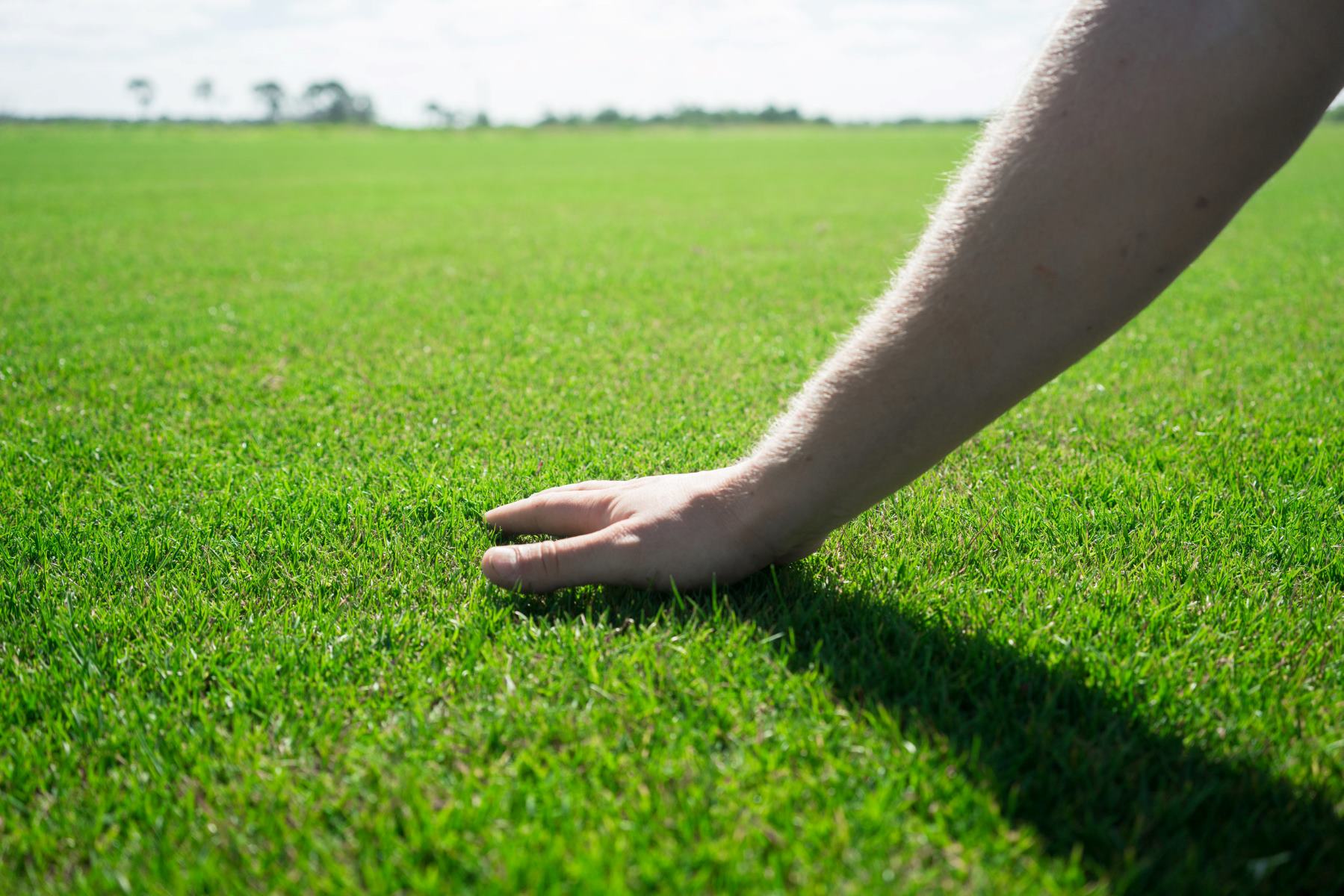
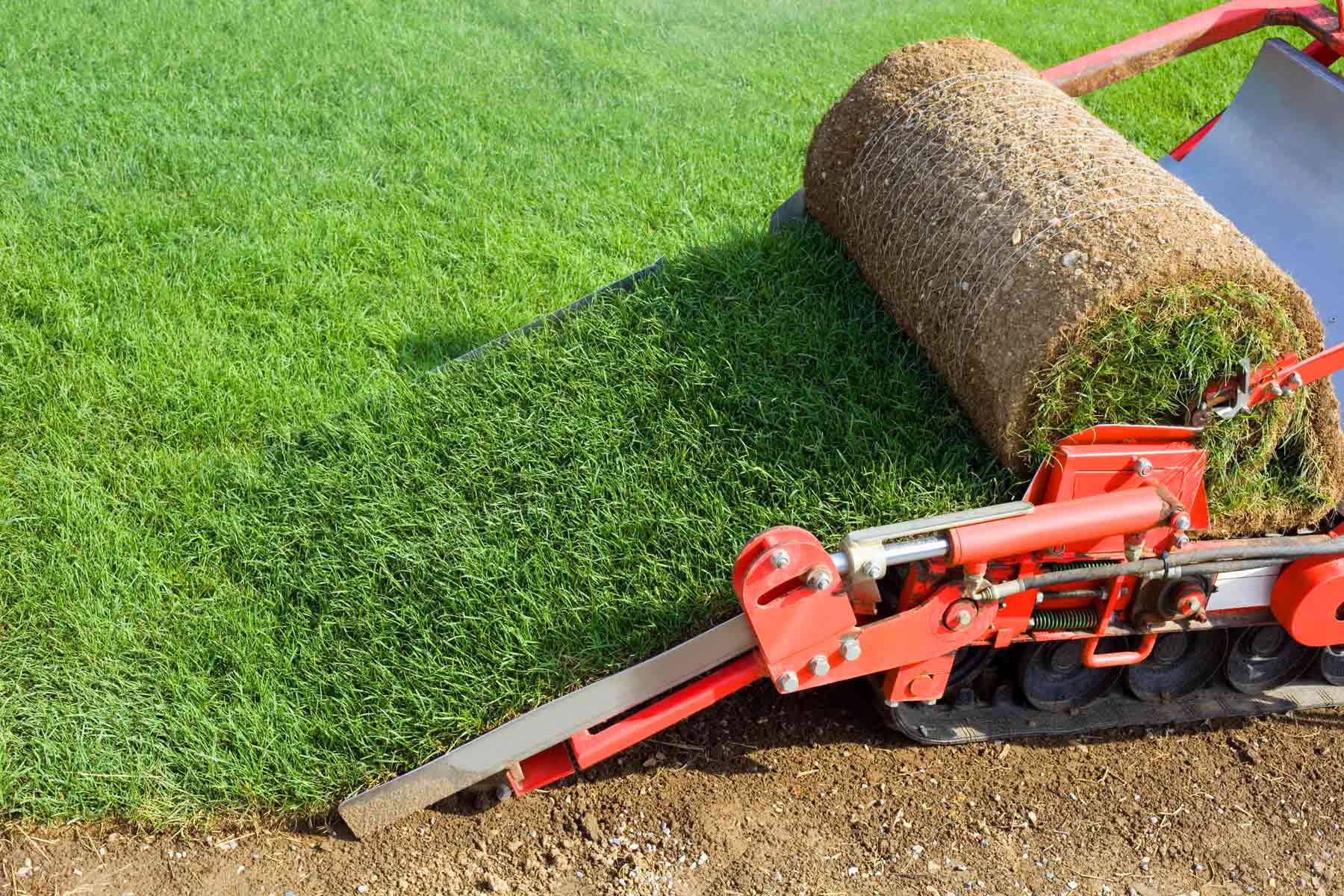
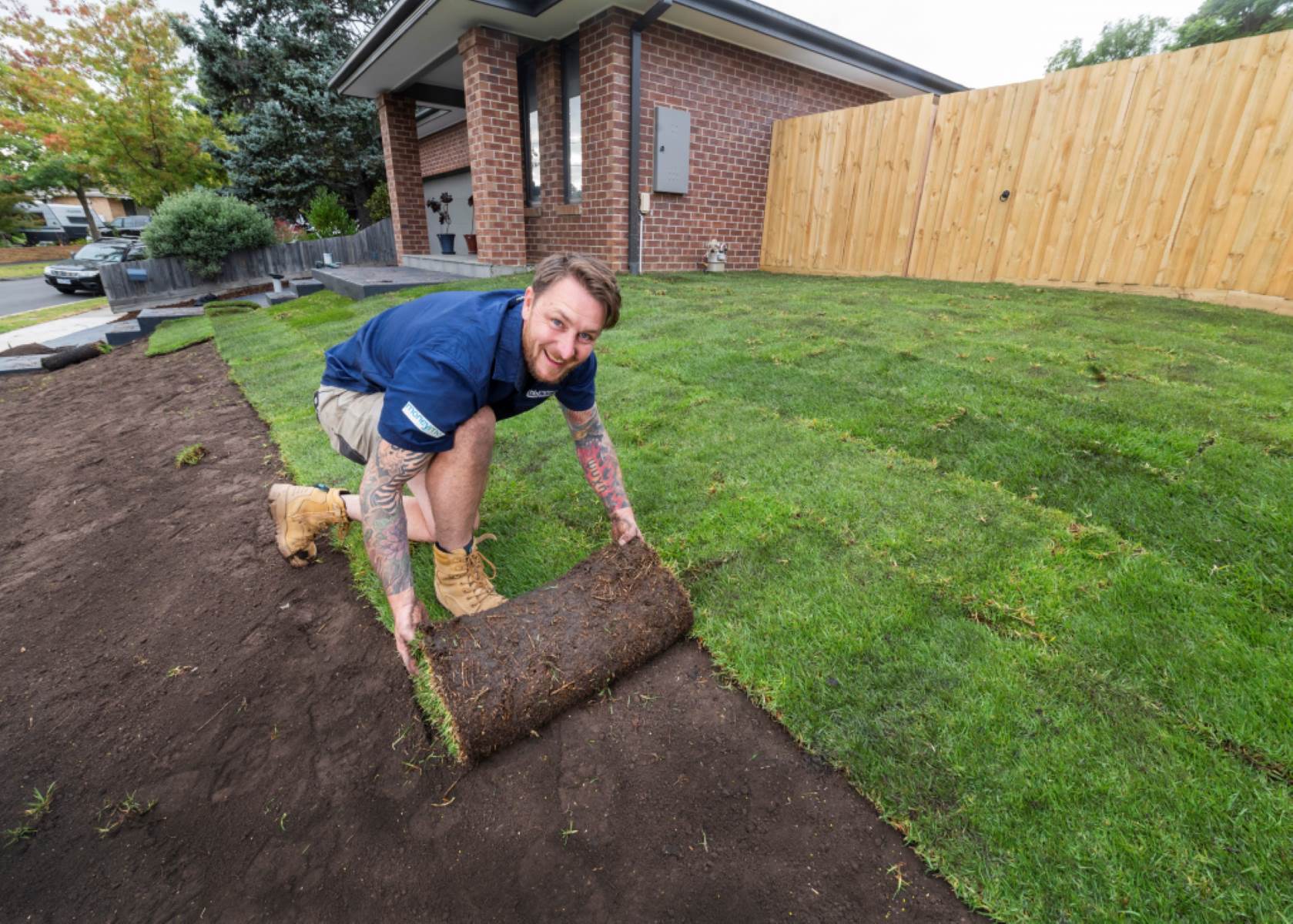
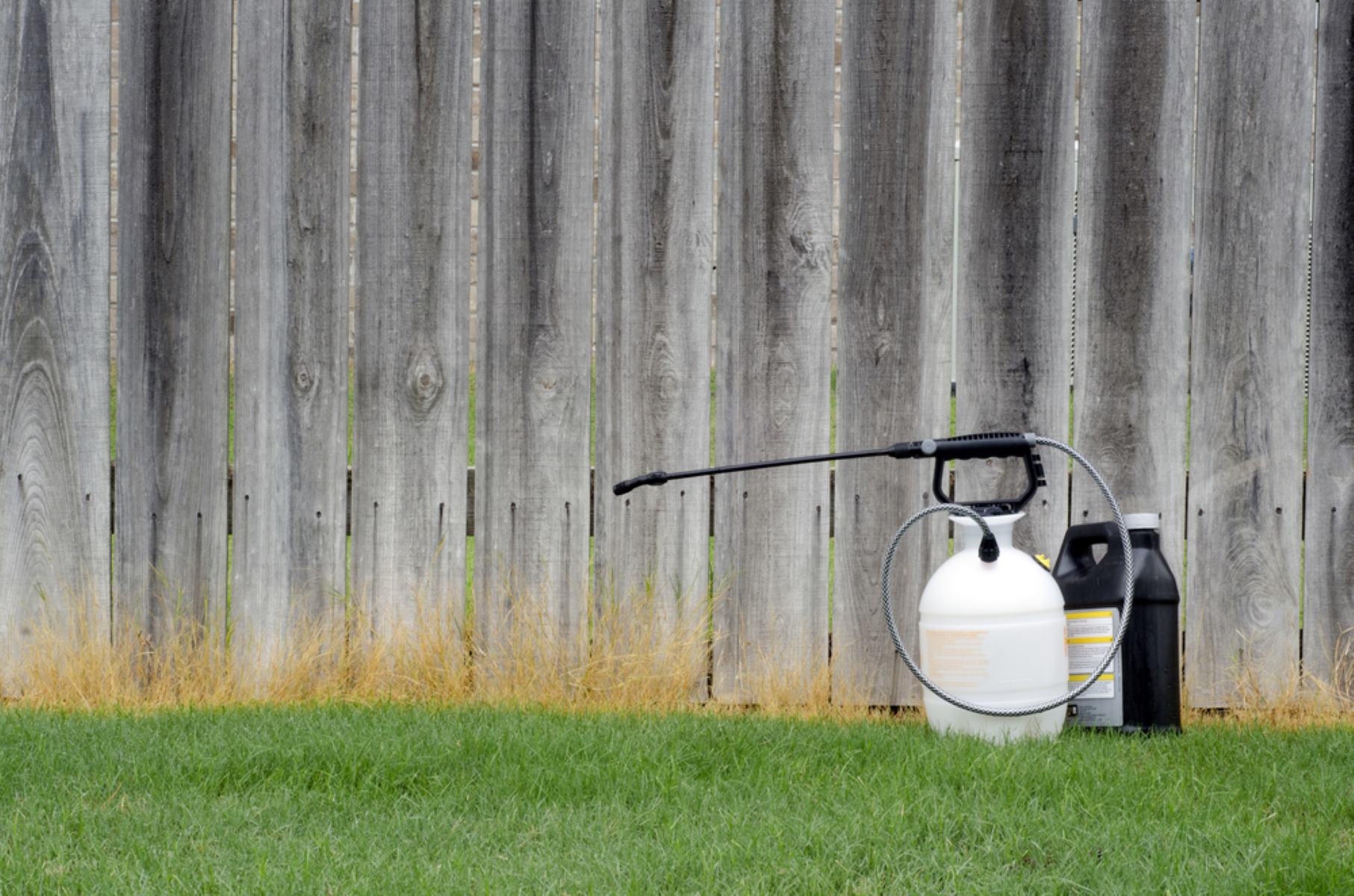
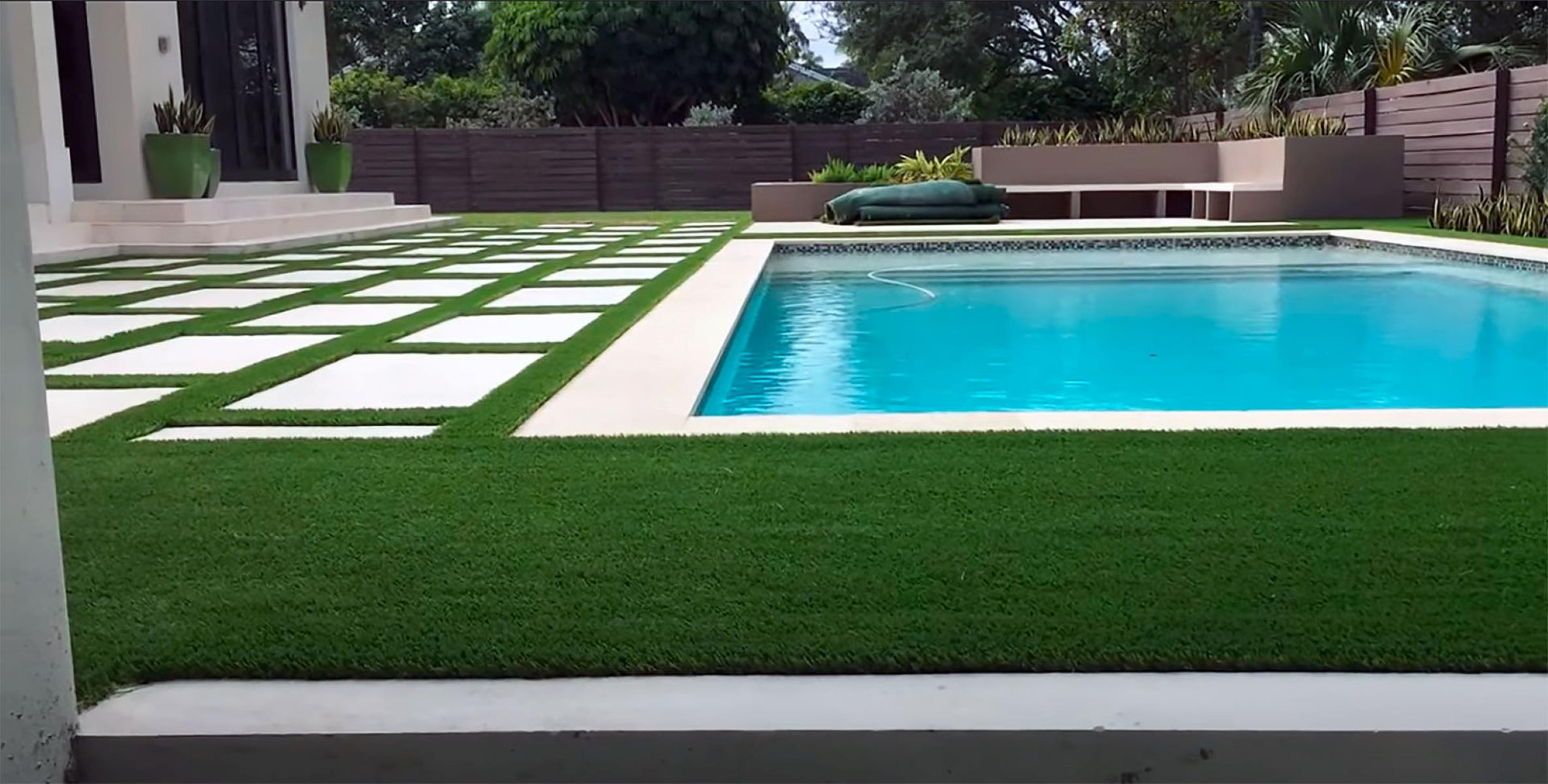
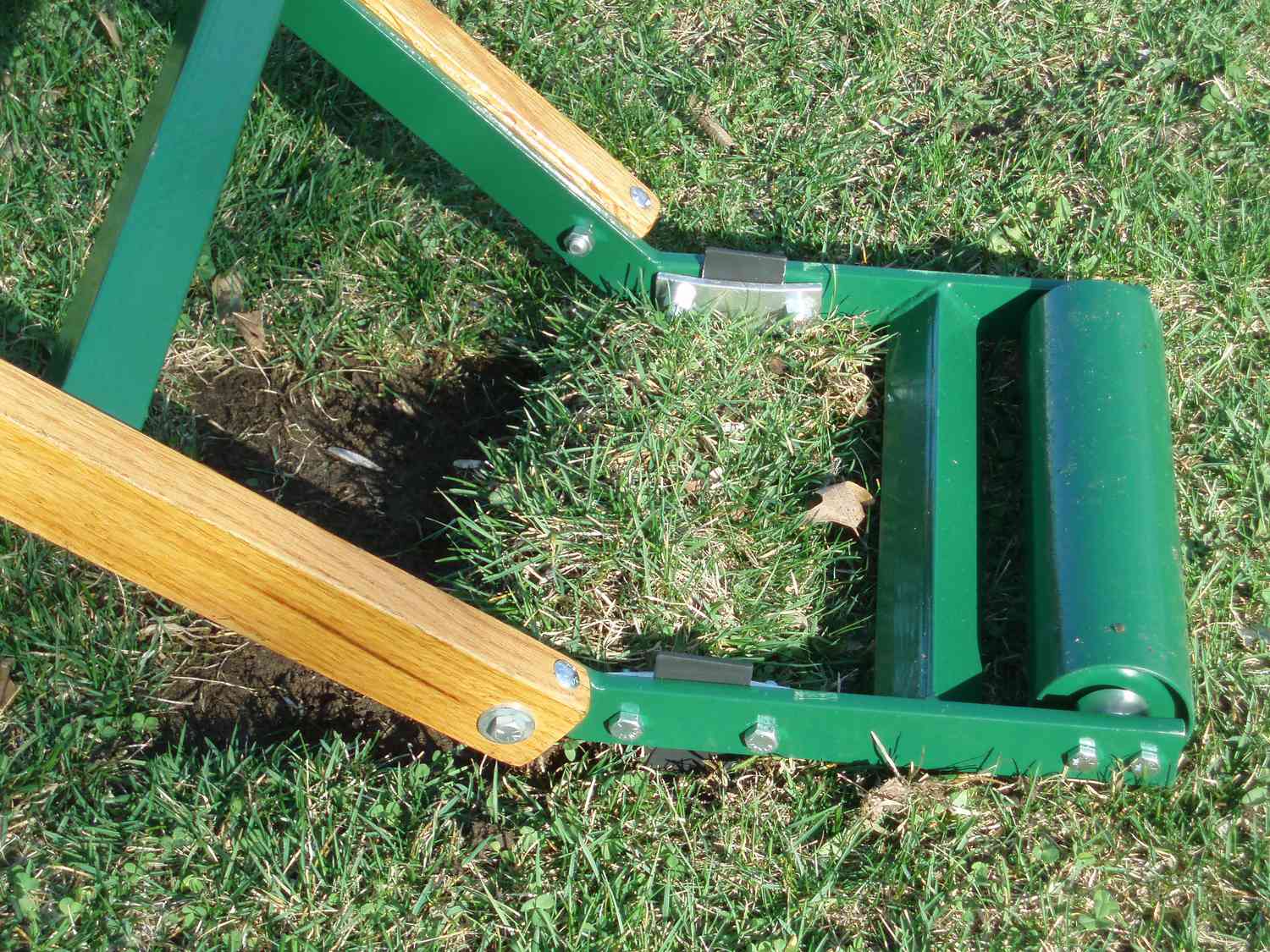
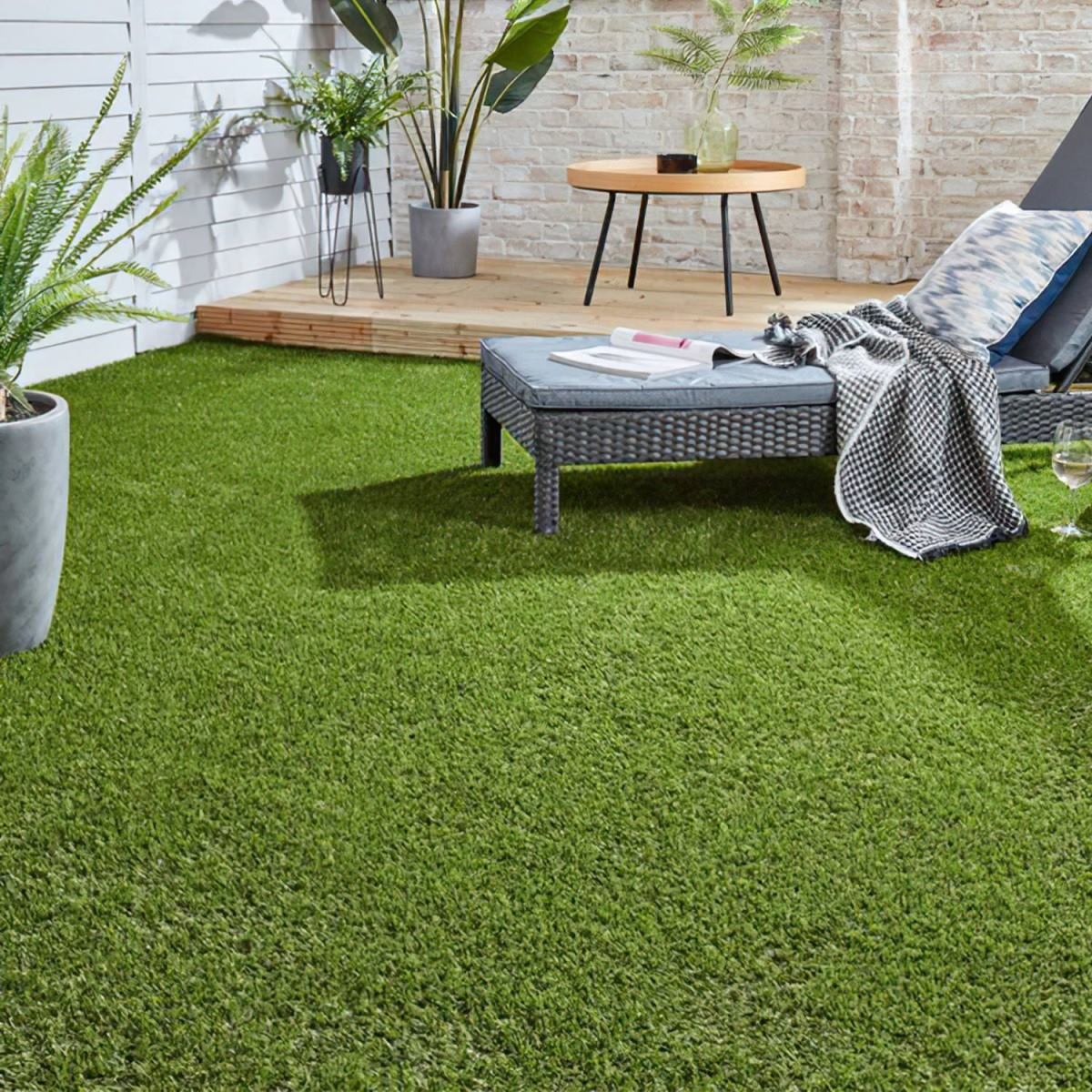
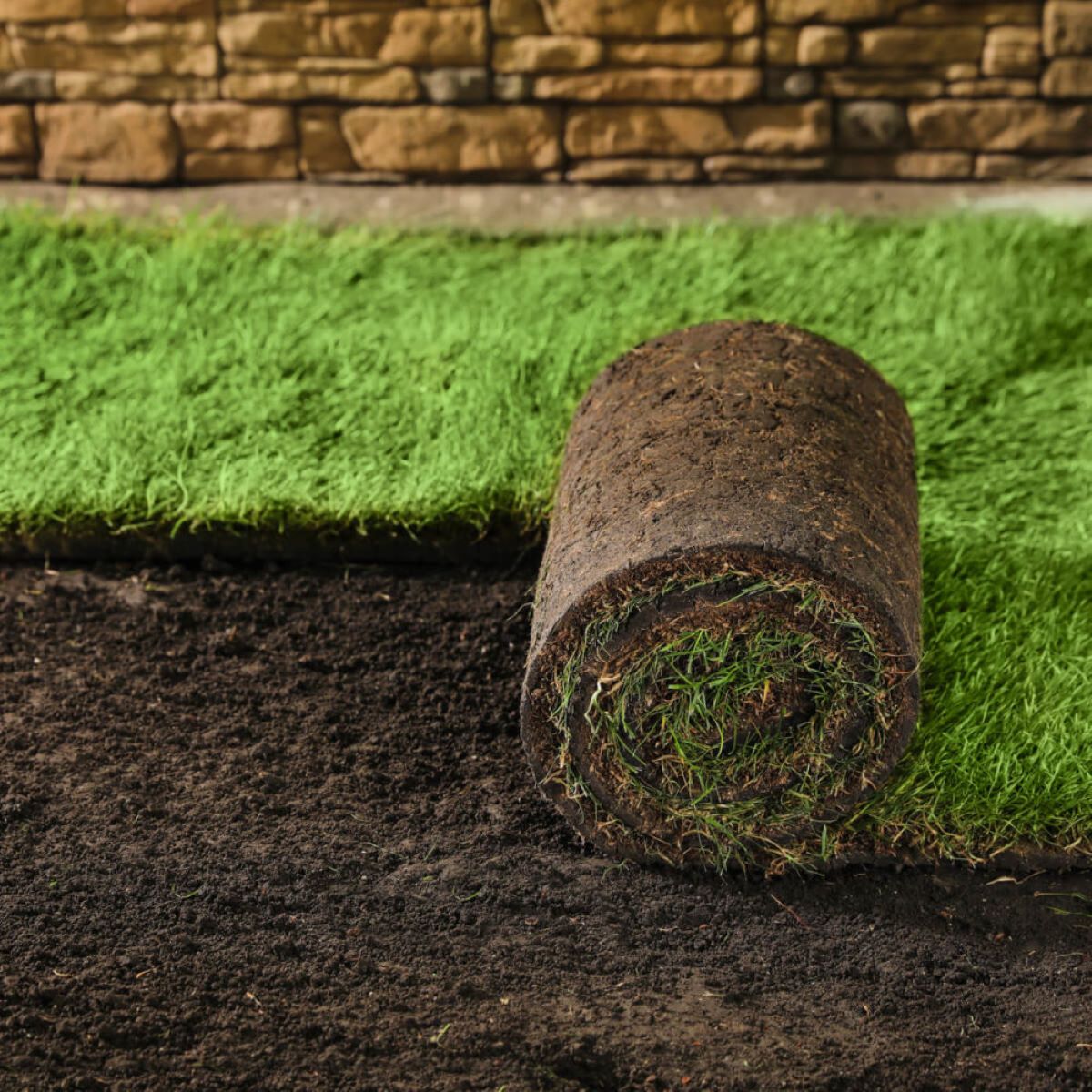
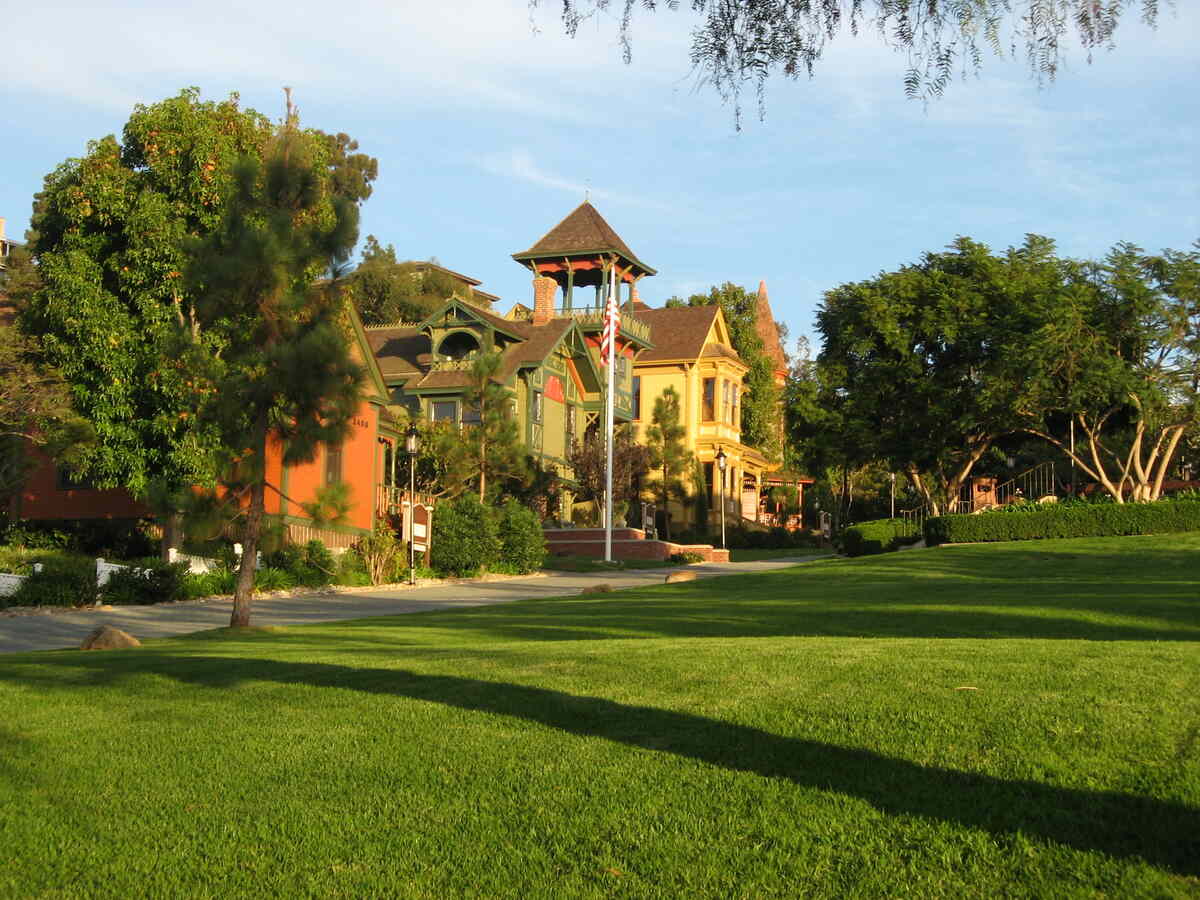
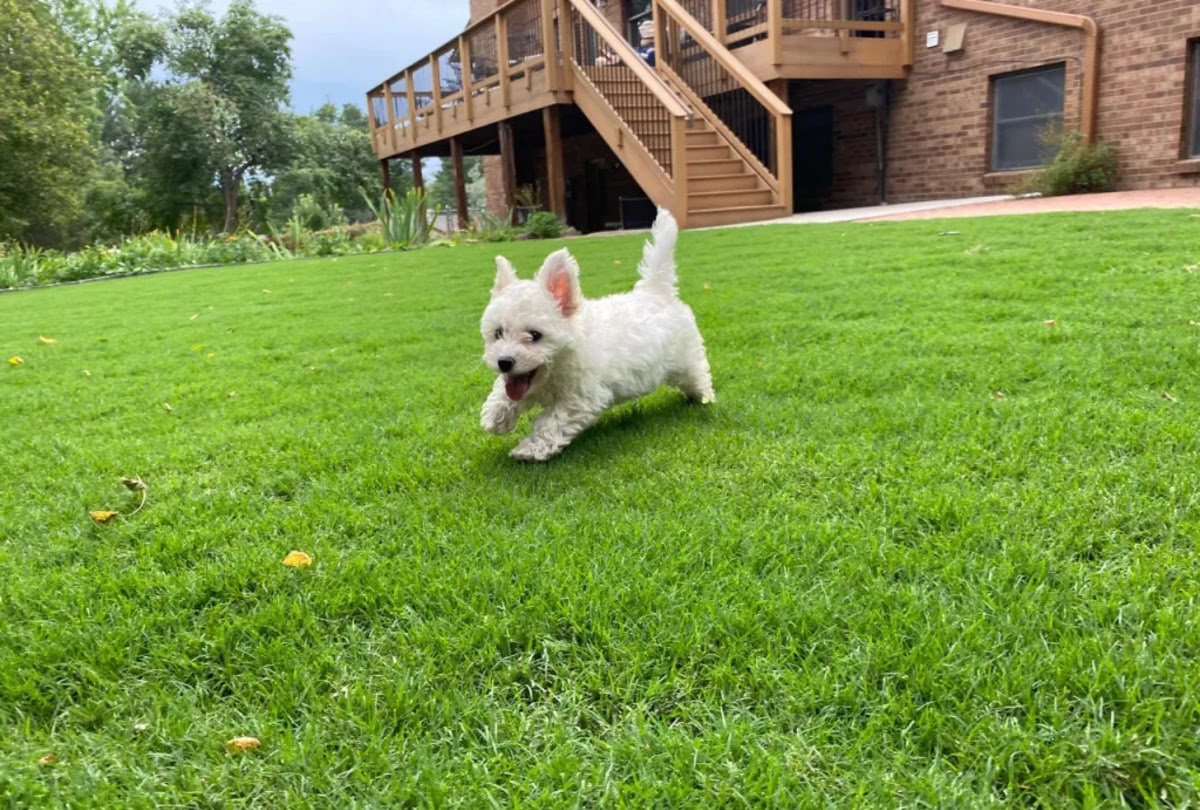

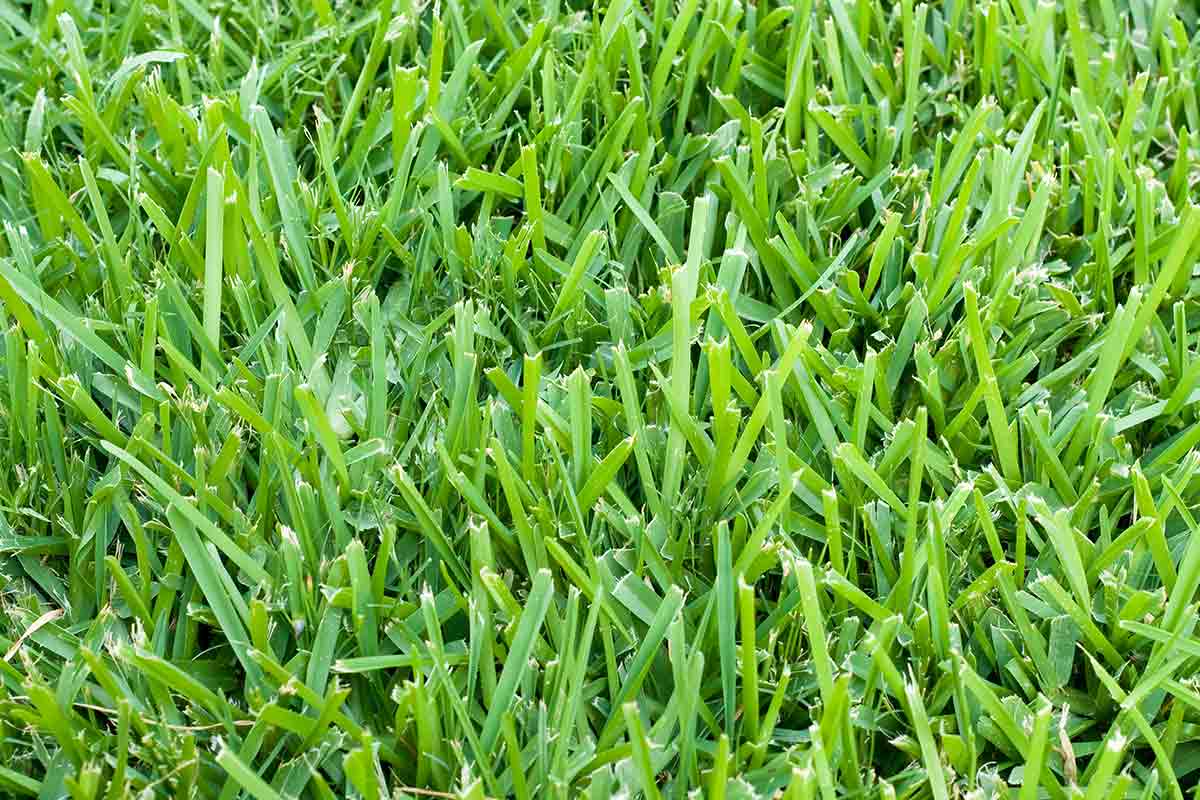
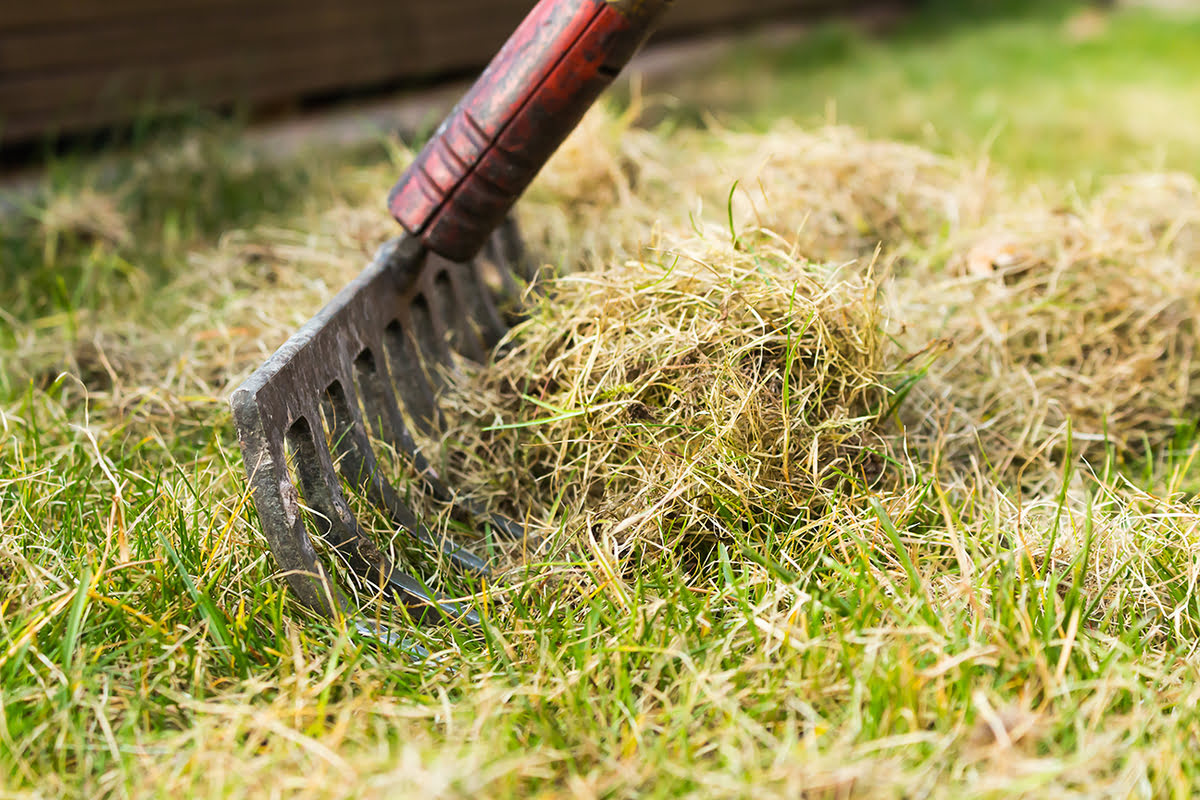
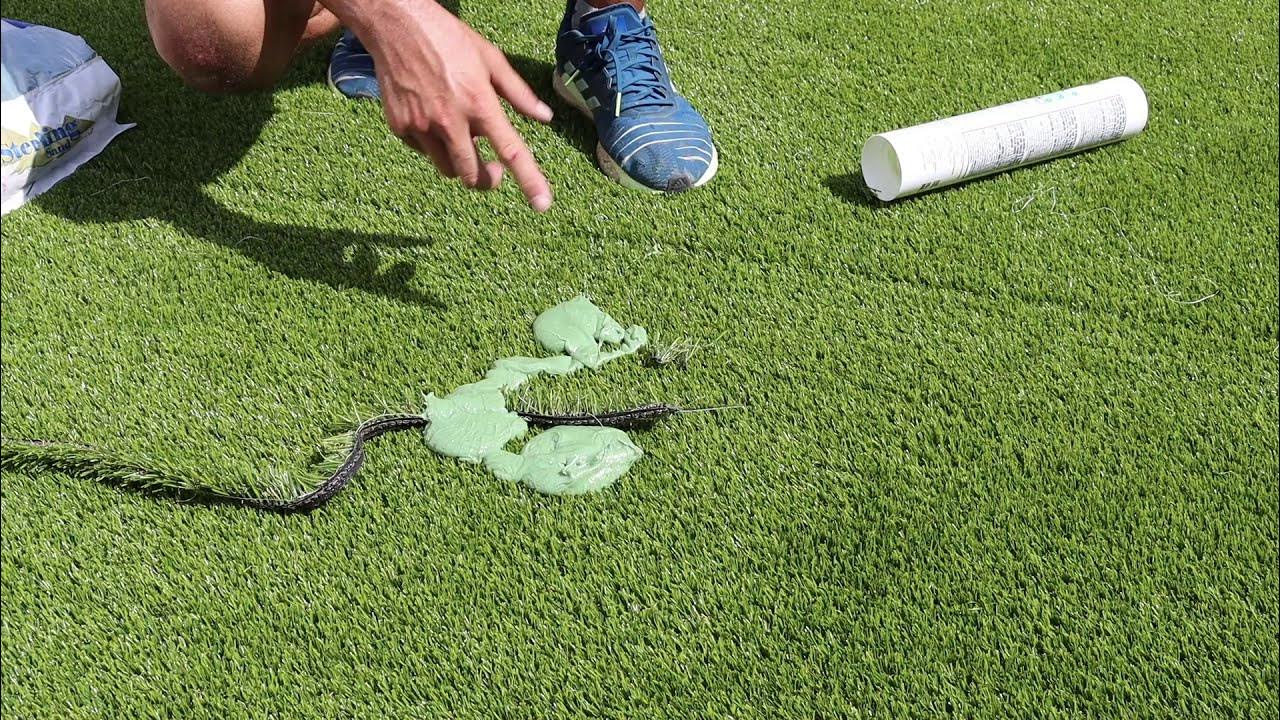

0 thoughts on “How To Remove Lawn Turf”